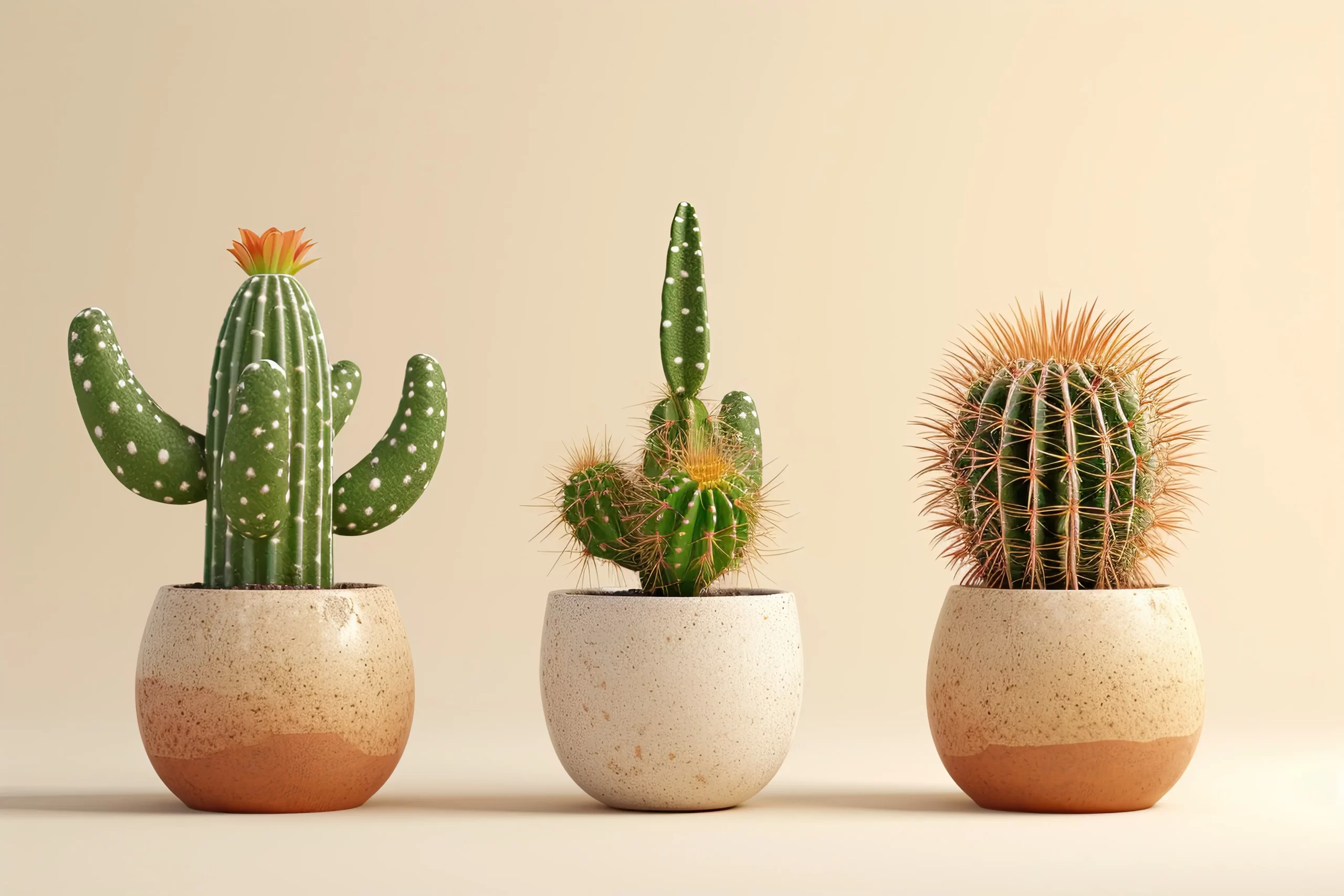
Succulents have become a popular choice for gardeners and indoor plant enthusiasts alike. Their diverse shapes, colors, and minimal care requirements make them ideal for small spaces. Whether you’re looking to beautify a cramped apartment or add a touch of greenery to a tiny balcony, succulents are the perfect solution. Follow these five essential steps to plant and maintain succulents successfully in your compact environment.
Step 1: Choose the Right Succulents for Your Space
The first step in planting succulents is selecting the right varieties for your space. Succulents are known for their adaptability, but some types are better suited for specific environments.
- For Indoor Spaces: Consider succulents that thrive with lower light levels if gardening indoors. Aloe Vera, for instance, not only adds a touch of green but also has medicinal properties. Haworthia, with its unique rosette form and tolerance to low light, is another excellent indoor choice. Zebra Plants (Haworthia fasciata) and Jade Plants (Crassula ovata) are also ideal for indoor environments because they can handle less sunlight.
- For Outdoor Spaces: Outdoor spaces, even small balconies, typically receive more light. Varieties like Sedum and Sempervivum (hens-and-chicks) are well-suited for these environments. Sedum, with its diverse forms and colors, can create a vibrant display, while Sempervivum offers a robust and hardy option that can withstand various weather conditions.
Selecting the right succulent based on light availability and space is crucial for its health and longevity. Research each plant’s specific needs to ensure it will thrive in your chosen environment.
Step 2: Pick the Perfect Containers
The container you choose can significantly impact the health of your succulents. Proper container selection ensures adequate drainage and supports healthy root development.
- Drainage: Succulents are prone to root rot if their roots sit in stagnant water. Therefore, it’s essential to select containers with drainage holes. This prevents excess water from draining and the soil from becoming waterlogged.
- If you have a container without drainage holes, consider drilling some yourself or using it as a decorative outer pot, placing a smaller pot with drainage inside it.
- Size and Style: Opt for wide rather than deep containers. Succulents generally have shallow root systems and thrive better in wide, shallow pots. This arrangement also makes it easier to manage soil moisture. You can get creative with container options—consider using items like vintage teacups, glass jars, or even wooden crates for a unique touch. Just ensure that your chosen container has adequate drainage.
Step 3: Use Well-Draining Soil
Succulents need soil that drains well to avoid root rot and other problems caused by excess moisture. Regular potting soil retains too much water for succulents, so it’s crucial to use a mix specifically designed for them.
- Specialized Mixes: Purchase a commercial cactus or succulent mix from a garden center. These mixes are formulated to provide excellent drainage and are often pre-mixed with components like perlite or sand.
- DIY Soil Mix: Alternatively, you can create your own succulent soil mix by mixing equal portions of potting soil, perlite, and coarse sand. This combination improves aeration and drainage, creating an environment that mimics the natural conditions succulents thrive in.
- Soil Preparation: Before planting, make sure the soil is loose and well-aerated. Avoid compacting the soil too much, as this can impede root growth and water drainage.
Step 4: Plant and Arrange Your Succulents
Once you’ve selected your succulents and prepared your containers and soil, it’s time to plant and arrange them.
- Planting: Begin by filling your container about two-thirds full with the succulent soil mix. Gently remove the succulents from their nursery pots, carefully not damaging their roots. Place each plant in the container, spacing them according to your design preference. For a more dynamic arrangement, vary the heights and colors of your succulents.
- Arrangement: When arranging your succulents, consider their growth patterns. Some succulents, like Echeveria, have a rosette shape and can act as focal points, while trailing varieties like String of Pearls can add a cascading effect. Experiment with different arrangements to achieve the visual appeal you desire.
- Filling: Once the succulents are positioned, fill in around them with more soil mix. Press the soil down to secure the plants in place, but avoid compacting it too tightly. Leave a small gap at the top of the container to allow for easy watering.
Step 5: Provide Proper Care and Maintenance
Maintaining succulents in small spaces is relatively straightforward, but attention to a few essential care aspects will ensure they remain healthy and vibrant.
- Light Requirements: Succulents generally require bright, indirect light. Place indoor succulents near a window that receives plenty of natural light. If natural light is limited, consider using a grow light to supplement their needs. For outdoor succulents, ensure they get at least 4-6 hours of indirect sunlight daily, especially during winter when light levels are lower.
- Watering: Succulents are drought-tolerant and prefer to dry out completely between waterings. Water them thoroughly, allowing the excess water to drain from the container. Avoid watering on a schedule; check the soil moisture by sticking your finger about an inch into the soil. If it feels dry, it’s time to water. During the winter, succulents require even less water due to their slower growth rate.
- Fertilization: Succulents are not heavy feeders; occasional feeding can promote healthy growth. Use a diluted, balanced fertilizer (like a 10-10-10) during the growing season (spring and summer). Use the fertilizer once a month, according to the directions on the package.
- Pest Control: Look for common pests like mealybugs or aphids. These can be managed by gently wiping the affected areas with a cotton swab dipped in rubbing alcohol or insecticidal soap. Proper care and maintenance help prevent pest infestations and keep your succulents looking their best.
Conclusion
Planting succulents in tiny spaces can be both a rewarding and enjoyable experience. You can create a stunning and thriving succulent garden by choosing the right plants, using appropriate containers and soil, arranging them thoughtfully, and providing proper care. Whether enhancing your indoor decor or adding greenery to a small outdoor area, succulents offer beauty and resilience in even the most compact spaces. Embrace the art of succulent gardening and transform your small space into a lush, vibrant haven.

